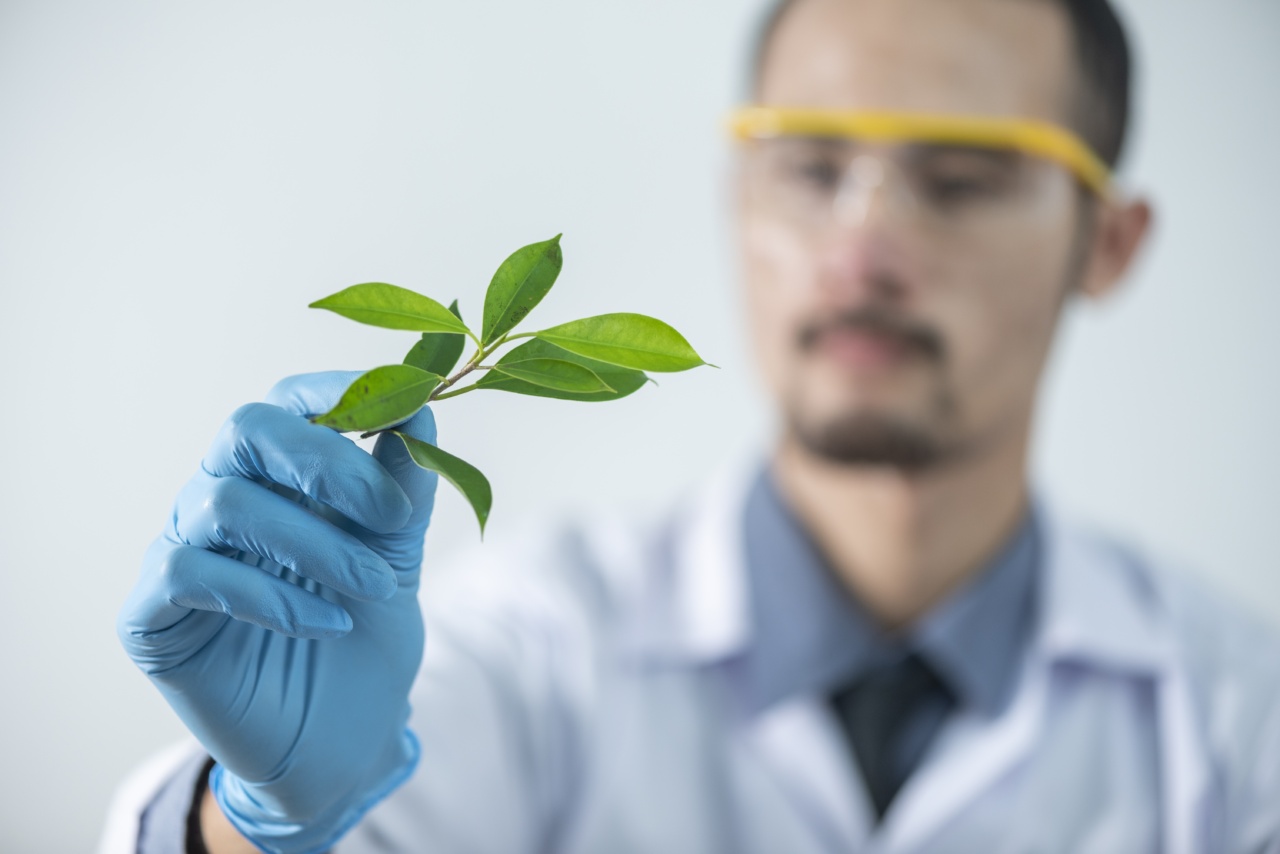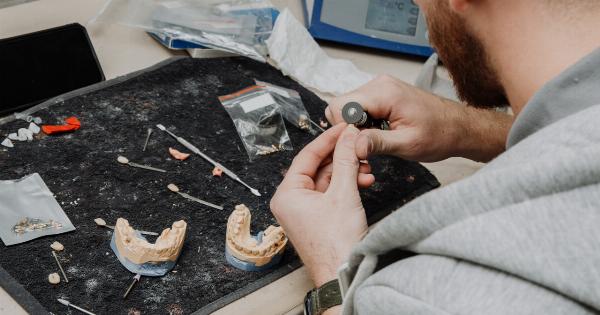IVF, also known as in-vitro fertilization, is a highly complex and intricate procedure that involves a wide range of medical professionals working together to help couples conceive a child.
One of the most important aspects of the IVF process is the embryological laboratory that plays a vital role in the success of the treatment.
What is the Embryological Laboratory?
The Embryological laboratory is a crucial part of any fertility clinic and is where the IVF treatment takes place. It is equipped with all the necessary equipment and technology to help fertilize the egg and create an embryo.
The embryologists, who are highly trained professionals, work in the laboratory to ensure that the patient’s eggs and sperm are handled with utmost care and precision.
Embryological Laboratory Procedures
The procedures that take place in the embryological laboratory are carefully monitored and controlled to maximize the chances of a successful outcome. Here are some of the essential procedures carried out in the lab:.
1. Oocyte Retrieval
Oocyte retrieval is a critical step in the IVF process. During this procedure, a needle is inserted into the ovaries to collect mature eggs.
The embryologist then carefully examines the collected eggs under a microscope to ensure that they are suitable for fertilization. Each egg is then labeled, and the embryologist notes its quality and maturity.
2. Sperm Selection and Preparation
The embryologist selects the best sperm cells to fertilize the eggs based on their morphology, motility, and count.
During this process, the sperm is cleansed to remove any unnecessary material and suspended in a nutrient-rich medium to support its growth. The sperm is then incubated at a steady temperature and humidity to maintain ideal conditions for fertilization.
3. Fertilization
After harvesting the eggs and preparing the sperm, fertilization takes place in a petri dish. The embryologist places the eggs and sperm in the petri dish and incubates them for several hours.
The embryologist then examines the petri dish to check if any fertilization has occurred. If fertilization has occurred, the zygotes, or fertilized eggs, are moved to an incubator where they continue to grow and develop.
4. Embryo Development and Selection
The embryonic development period is extensive and divided into three stages: day 1-3, day 3-5 and day 5-7. Each stage has unique criteria to ensure the healthy growth of the embryo.
On the third day, the embryologist inspects the dividing embryos to select the best one. The chosen embryo is then transferred to the uterus to continue its growth process. Remaining viable embryos can be frozen for future treatment.
5. Embryo Transfer
The last step in the process is transferring the developed embryos to the patient’s uterus. The embryologist selects the best single or multiple embryos for transfer. The embryos are then implanted in the uterus in a minimally invasive procedure.
Conclusion
The role of the embryological laboratory in IVF success cannot be overstated. Embryologists and other trained professionals work tirelessly to ensure that every detail is handled with care to achieve the best outcome.
With the advancements in medical technology, the embryological laboratory has successfully helped millions of couples to conceive.




























